Home>Renovation & DIY>Home Renovation Guides>How To Join Two Gable Roofs Together
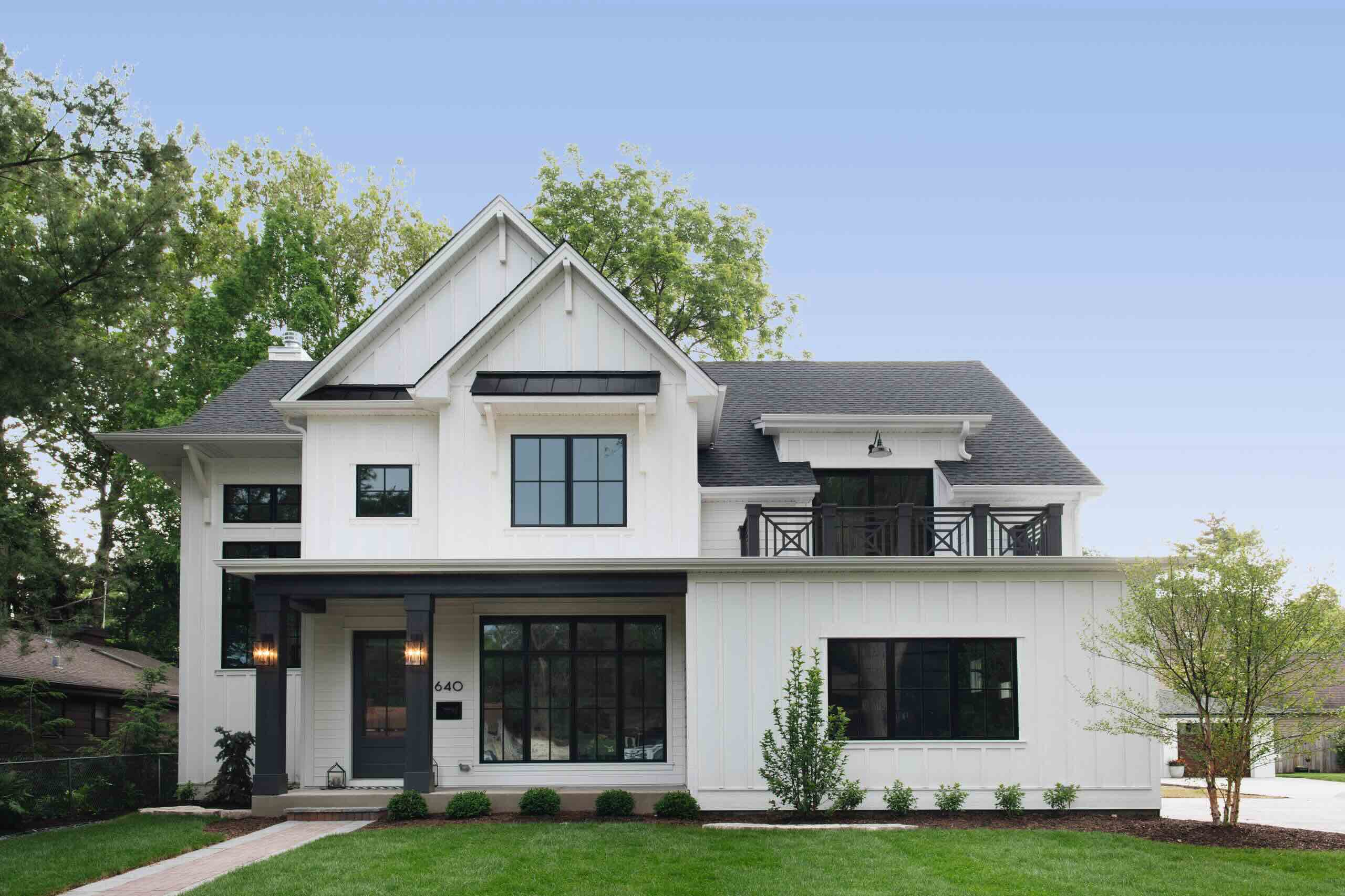

Home Renovation Guides
How To Join Two Gable Roofs Together
Modified: May 6, 2024
Learn how to join two gable roofs together with our comprehensive home renovation guide. Expert tips and step-by-step instructions for a seamless roof integration.
(Many of the links in this article redirect to a specific reviewed product. Your purchase of these products through affiliate links helps to generate commission for Storables.com, at no extra cost. Learn more)
Introduction
Joining two gable roofs together is a crucial aspect of home renovation and construction. Whether you are expanding your living space, creating an addition, or simply redesigning the roof structure, understanding the process of joining gable roofs is essential for a successful project. This comprehensive guide will walk you through the steps and considerations involved in this intricate task.
When it comes to home renovation, the roof is not only a protective shield against the elements but also a defining feature that contributes to the overall aesthetic appeal of the property. Joining two gable roofs seamlessly requires careful planning, precise execution, and a deep understanding of structural integrity.
By delving into the nuances of this process, you will gain valuable insights into the assessment, decision-making, and implementation stages. Whether you are a seasoned contractor, a DIY enthusiast, or a homeowner seeking to understand the intricacies of roof construction, this guide will equip you with the knowledge needed to navigate this undertaking with confidence.
Joining gable roofs is a multifaceted endeavor that demands a blend of technical expertise, creative problem-solving, and a keen eye for detail. Throughout this guide, we will explore the various methods for joining gable roofs, the steps involved in the process, as well as common challenges that may arise and the corresponding solutions.
As we embark on this journey, envision the transformation that awaits your property as you master the art of joining two gable roofs together. With the right approach and a solid understanding of the principles involved, you can elevate the functionality, durability, and visual appeal of your home through a well-executed roof joining project. Let's dive into the intricacies of this process and unlock the potential for enhancing your living space through the seamless integration of gable roofs.
Key Takeaways:
- Joining gable roofs requires careful assessment of existing structures, precise alignment, and robust weatherproofing to create a unified and visually appealing architectural statement.
- The process involves selecting the right method, meticulous integration steps, and addressing common challenges to ensure structural integrity and aesthetic cohesion.
Read more: How To Join Two Rugs Together
Assessing the Existing Roofs
Before embarking on the task of joining two gable roofs together, a comprehensive assessment of the existing roofs is paramount. This crucial step sets the foundation for the entire project, guiding the decision-making process and ensuring that the joining method aligns with the structural characteristics of the roofs.
Understanding the Current Roof Structure
The assessment begins with a thorough examination of the individual gable roofs. This involves evaluating the pitch, span, and overall condition of each roof. Understanding the existing roof structure is essential for determining how the two roofs will be integrated and identifying any potential challenges that may arise during the joining process.
Identifying Compatibility
Compatibility between the two gable roofs is a key consideration. Assessing the alignment of the ridges, the pitch of the slopes, and the overall dimensions of the roofs is crucial for determining the feasibility of joining them together. Additionally, factors such as the type of roofing material, the presence of any existing damage, and the load-bearing capacity of the roofs must be carefully evaluated to ensure a seamless integration.
Evaluating Support and Framing
The assessment extends to the underlying support and framing of the existing gable roofs. This involves inspecting the rafters, trusses, and any additional structural elements to gauge their condition and capacity to accommodate the joining process. Understanding the load-bearing capabilities of the current framing is essential for determining the structural modifications required to support the joined gable roofs.
Read more: How To Join 2 Curtains Together
Considering Environmental Factors
Environmental factors, such as prevailing weather conditions and the local climate, play a significant role in the assessment process. Evaluating the impact of wind, snow, and other environmental stressors on the existing roofs is essential for designing a joined structure that can withstand these elements. Additionally, assessing the drainage and ventilation systems of the roofs is crucial for ensuring optimal functionality post-joining.
Engaging Professional Expertise
In cases where the assessment reveals complexities or structural concerns, engaging the expertise of a structural engineer or a roofing specialist is highly recommended. Their insights and recommendations can provide invaluable guidance in navigating any challenges identified during the assessment, ensuring that the joining process is executed with precision and adherence to structural integrity.
By meticulously assessing the existing gable roofs, you lay the groundwork for a successful joining process. This comprehensive evaluation sets the stage for informed decision-making, enabling you to select the most suitable method for joining the gable roofs and embark on the subsequent steps with confidence.
Choosing the Right Method for Joining Gable Roofs
Selecting the appropriate method for joining gable roofs is a pivotal decision that hinges on the structural assessment and the desired outcome of the project. Several methods are commonly employed to seamlessly integrate two gable roofs, each offering distinct advantages and considerations. Understanding the nuances of these methods is essential for making an informed choice that aligns with the specific characteristics of the existing roofs and the envisioned design.
Method 1: Creating a Valley
One prevalent approach to joining gable roofs involves creating a valley where the two roof sections meet. This method entails forming a V-shaped junction between the intersecting slopes, allowing for a smooth transition and a visually appealing integration. By incorporating a valley, the joined gable roofs maintain their individual slopes while converging at a central point, creating a distinctive architectural feature.
Method 2: Building a Tied Roof
Another method for joining gable roofs is the construction of a tied roof, also known as a hipped roof. This approach involves extending the ridge of one gable roof to meet the end wall of the other, resulting in a continuous, hipped structure. The tied roof method offers enhanced stability and a unified appearance, making it a suitable choice for seamlessly integrating gable roofs while reinforcing structural integrity.
Method 3: Implementing a Butterfly Roof
The implementation of a butterfly roof presents a contemporary and visually striking method for joining gable roofs. This approach involves inverting the slopes of the gable roofs to create a V-shaped design that resembles the outstretched wings of a butterfly. The butterfly roof not only offers a unique aesthetic appeal but also facilitates efficient rainwater collection and provides opportunities for natural lighting and ventilation, making it a compelling choice for modern architectural designs.
Method 4: Constructing a Clerestory Roof
Constructing a clerestory roof presents an innovative approach to joining gable roofs, characterized by the incorporation of elevated windows or translucent panels along the joined section. This method introduces natural light into the interior space while maintaining a distinct separation between the two gable roofs. The clerestory roof design enhances the visual appeal of the joined structure and creates opportunities for passive solar heating and enhanced interior illumination.
Method 5: Employing a Shed Roof Addition
For homeowners seeking to expand their living space while joining gable roofs, employing a shed roof addition offers a practical and versatile solution. This method involves extending one of the gable roofs to create a supplementary shed roof, effectively expanding the interior space and enhancing the architectural diversity of the property. The shed roof addition provides flexibility in accommodating additional living areas, such as a porch, a sunroom, or an extended living space, while seamlessly integrating with the existing gable roofs.
Read more: How To Join Two Pieces Of Carpet
Method 6: Customizing a Hybrid Design
In certain scenarios, a customized hybrid design may offer the most suitable method for joining gable roofs. This approach involves blending elements of different roof styles, such as gable, hip, or mansard, to create a unique and tailored integration that complements the architectural character of the property. Customizing a hybrid design allows for creative expression and the seamless incorporation of diverse roof elements, resulting in a distinctive and personalized joined structure.
Making an Informed Decision
When selecting the right method for joining gable roofs, it is essential to consider the structural compatibility, aesthetic preferences, and functional requirements of the project. By evaluating the advantages and considerations of each method in relation to the specific characteristics of the existing roofs and the desired outcome, you can make an informed decision that aligns with the vision for your property. The chosen method will serve as the blueprint for the subsequent steps in the joining process, guiding the transformation of individual gable roofs into a unified and harmonious architectural statement.
Steps for Joining Two Gable Roofs Together
-
Preparation and Safety Measures: Begin by ensuring a safe and organized work environment. Clear the area around the existing gable roofs and implement safety measures, such as using appropriate personal protective equipment and securing ladders and scaffolding.
-
Removal of Existing Roofing Materials: Carefully remove the roofing materials from the section where the gable roofs will be joined. This may involve dismantling shingles, tiles, or other roofing components to expose the underlying structure.
-
Structural Modifications: Based on the chosen method for joining the gable roofs, make the necessary structural modifications to accommodate the integration. This may include adjusting the rafters, trusses, or framing to align with the selected joining method.
-
Installation of Support Elements: Introduce support elements, such as ridge beams, valley rafters, or hip rafters, as per the requirements of the chosen joining method. Ensure that these support elements are securely installed and aligned to facilitate a seamless integration of the gable roofs.
-
Weatherproofing and Sealing: Prior to joining the gable roofs, implement weatherproofing measures to protect the interior space from potential water infiltration. Install appropriate flashing, underlayment, and sealants to create a watertight barrier at the junction of the two roofs.
-
Integration of Roof Sections: Proceed with integrating the roof sections according to the selected method. Whether creating a valley, building a tied roof, implementing a butterfly roof, or employing a customized hybrid design, ensure precise alignment and secure fastening to achieve a cohesive and structurally sound joined roof.
-
Roofing Material Replacement: Once the gable roofs are successfully joined, replace the roofing materials in the integrated section. Install new shingles, tiles, or roofing panels to seamlessly blend the joined area with the rest of the roof, ensuring uniformity in both appearance and functionality.
-
Quality Inspection: Conduct a thorough inspection of the joined gable roofs to verify the structural integrity, weatherproofing, and overall quality of the integration. Address any discrepancies or issues identified during the inspection to ensure that the joined roofs meet the highest standards of durability and performance.
-
Finishing Touches: Complete the joining process by adding finishing touches, such as trim work, gutter installation, and exterior detailing, to enhance the visual appeal and functionality of the integrated gable roofs.
-
Post-Joining Evaluation: After completing the joining process, evaluate the overall impact of the integrated gable roofs on the property's aesthetic and structural characteristics. Consider the newfound architectural coherence and the enhanced functionality resulting from the joined roofs.
These comprehensive steps outline the meticulous process of joining two gable roofs together, encompassing the essential tasks and considerations involved in achieving a seamless integration that elevates the architectural and functional aspects of the property.
Common Challenges and Solutions
Joining two gable roofs together presents a set of common challenges that require careful consideration and strategic solutions to ensure a successful integration. By anticipating these challenges and implementing proactive measures, you can navigate the joining process with confidence and address any complexities that may arise.
Read more: What Is A Gable On A Roof?
Challenge 1: Structural Alignment
Achieving precise structural alignment between the intersecting slopes of the gable roofs is a critical challenge. Variations in the pitch, height, or orientation of the existing roofs can complicate the joining process, potentially leading to structural instability and aesthetic inconsistencies.
Solution:
To address this challenge, meticulous measurements and precise adjustments are essential. Utilizing laser levels, plumb bobs, and string lines can aid in accurately aligning the roof sections. Additionally, customizing support elements, such as tailored ridge beams or valley rafters, can compensate for any discrepancies and ensure a seamless structural integration.
Challenge 2: Weatherproofing Vulnerabilities
The junction where the two gable roofs meet is susceptible to water infiltration and weather-related issues. Inadequate weatherproofing measures can result in leaks, moisture damage, and compromised interior spaces, posing a significant challenge during the joining process.
Solution:
Implementing robust weatherproofing strategies is paramount. Utilize high-quality flashing, durable underlayment, and effective sealants to create a watertight barrier at the joined section. Thoroughly inspect and reinforce the weatherproofing elements to safeguard the integrated gable roofs against potential water ingress and environmental exposure.
Read more: How To Shingle A Gable Roof
Challenge 3: Structural Load Distribution
Integrating two gable roofs necessitates careful consideration of the load distribution and weight-bearing capacity of the joined structure. Inadequate support and improper load distribution can lead to structural strain, compromising the long-term durability and stability of the integrated roofs.
Solution:
Engage the expertise of a structural engineer to assess the load-bearing requirements and recommend appropriate support modifications. Reinforcing the framing, introducing supplementary support elements, and optimizing the load distribution across the integrated gable roofs are essential measures to ensure structural resilience and longevity.
Challenge 4: Aesthetic Cohesion
Maintaining aesthetic cohesion and architectural harmony between the joined gable roofs can pose a significant challenge, especially when integrating roofs of varying styles, materials, or ages.
Solution:
Employ meticulous craftsmanship and attention to detail to achieve a visually cohesive integration. Customizing trim work, blending roofing materials seamlessly, and incorporating architectural detailing can enhance the aesthetic unity of the joined gable roofs, creating a harmonious and visually appealing architectural statement.
By proactively addressing these common challenges with strategic solutions, you can navigate the process of joining gable roofs with confidence and precision, ensuring a seamless integration that elevates the structural integrity and visual appeal of the property.
Read more: What Is A Gable Roof
Conclusion
In conclusion, the process of joining two gable roofs together is a multifaceted endeavor that demands meticulous planning, precise execution, and a deep understanding of structural integration. By embarking on this transformative journey, homeowners and construction professionals alike have the opportunity to elevate the functionality, durability, and visual appeal of a property through the seamless integration of gable roofs.
Throughout this comprehensive guide, we have delved into the intricacies of assessing existing roofs, selecting the right method for joining gable roofs, and navigating the meticulous steps involved in the integration process. From evaluating structural compatibility to implementing weatherproofing measures and addressing common challenges, each phase of the joining process contributes to the creation of a unified and harmonious architectural statement.
The joining of gable roofs represents more than a structural modification; it embodies the fusion of form and function, where architectural coherence meets practical resilience. Whether creating a valley, building a tied roof, or implementing a customized hybrid design, the chosen method serves as the blueprint for transforming individual gable roofs into a unified and aesthetically compelling structure.
As the final touches are added and the integrated gable roofs stand as a testament to meticulous craftsmanship and thoughtful design, the property undergoes a remarkable transformation. The seamless convergence of slopes, the harmonious alignment of ridges, and the enhanced structural integrity culminate in a visual symphony that resonates with the essence of architectural unity.
Beyond the tangible outcomes, the process of joining gable roofs embodies the spirit of innovation, creativity, and a profound appreciation for the art of construction. It is a testament to the enduring legacy of craftsmanship and the timeless pursuit of architectural excellence.
In the end, the joined gable roofs stand as a testament to the vision, dedication, and expertise invested in the transformation. They embody the seamless integration of individual elements into a unified whole, reflecting the potential for architectural innovation and the enduring beauty of a well-executed joining process.
As you embark on your journey of joining gable roofs, may this guide serve as a source of inspiration, guidance, and empowerment. Embrace the intricacies of the process, celebrate the fusion of architectural elements, and revel in the transformative power of joining two gable roofs together. With each integrated slope and unified ridge, you contribute to the rich tapestry of architectural evolution, leaving a lasting imprint of craftsmanship and creativity on the built environment.
Now that you've mastered joining two gable roofs, why not broaden your horizons with our latest insights into home construction trends for the upcoming year? Our feature article, "12 Amazing Home Construction For 2024," dives into cutting-edge techniques and materials set to redefine how homes are built. Perfect for anyone looking to stay ahead in home designing or considering a groundbreaking project, this article is packed with invaluable information that promises to spark your creativity and planning prowess!
Frequently Asked Questions about How To Join Two Gable Roofs Together
Was this page helpful?
At Storables.com, we guarantee accurate and reliable information. Our content, validated by Expert Board Contributors, is crafted following stringent Editorial Policies. We're committed to providing you with well-researched, expert-backed insights for all your informational needs.
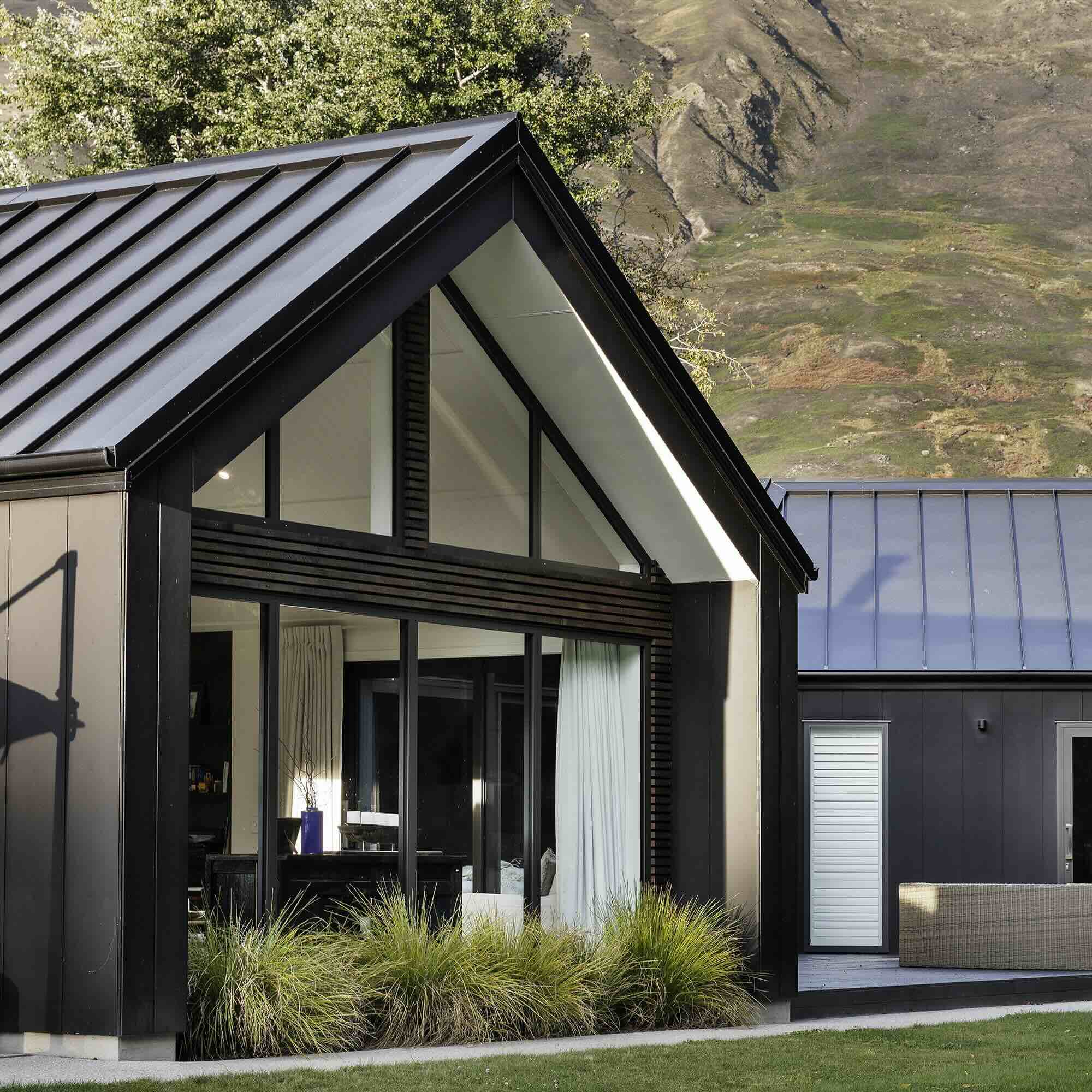
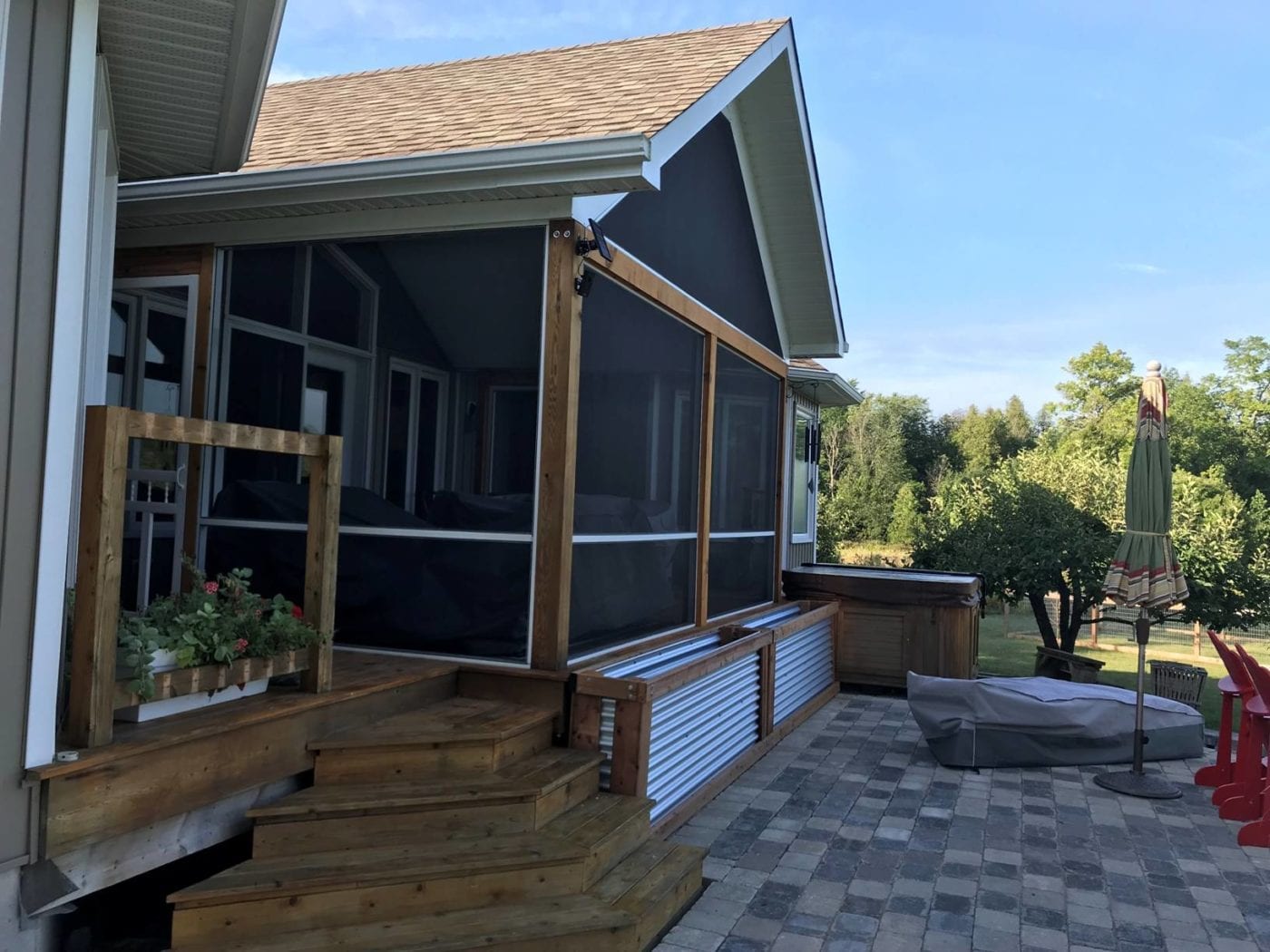
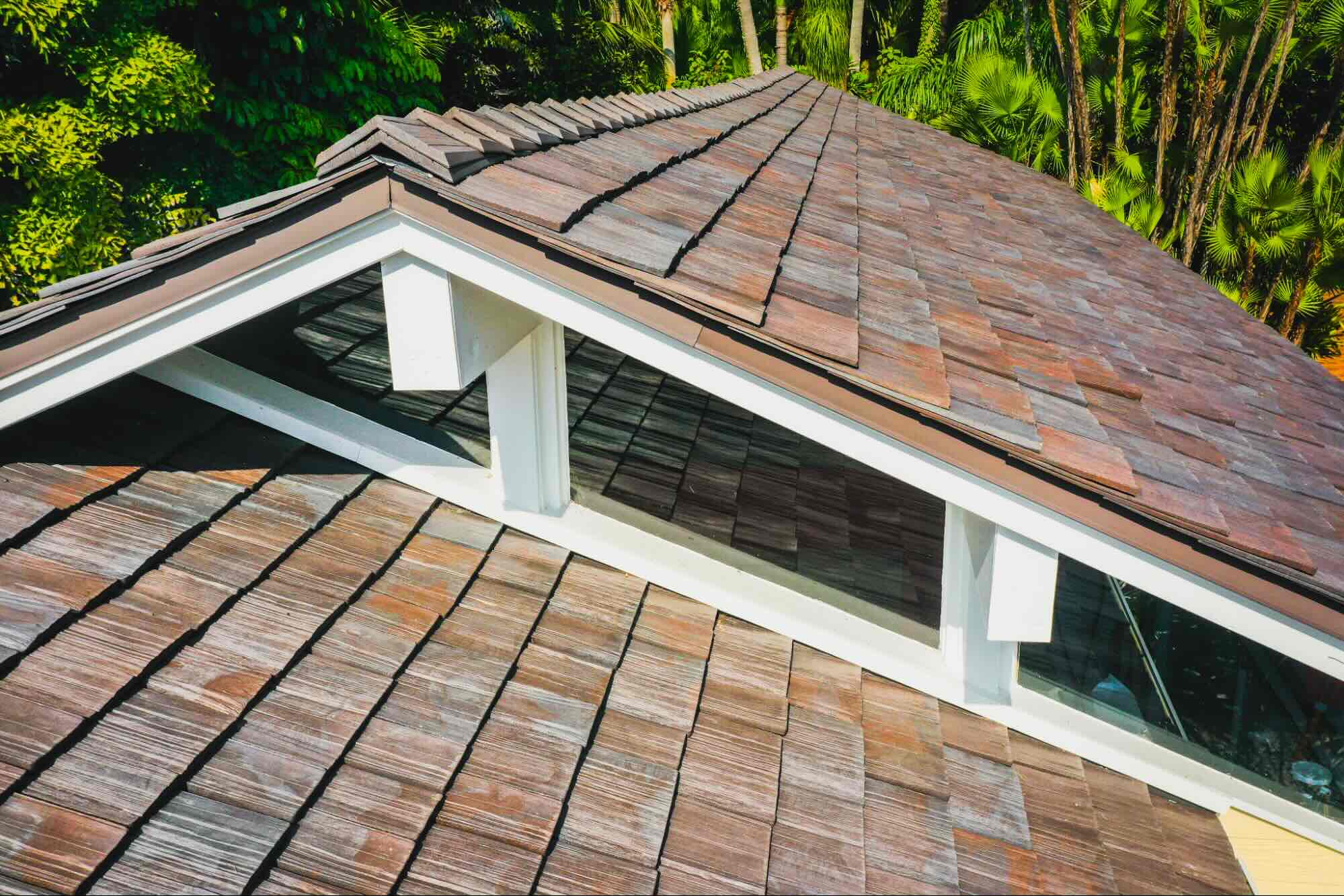
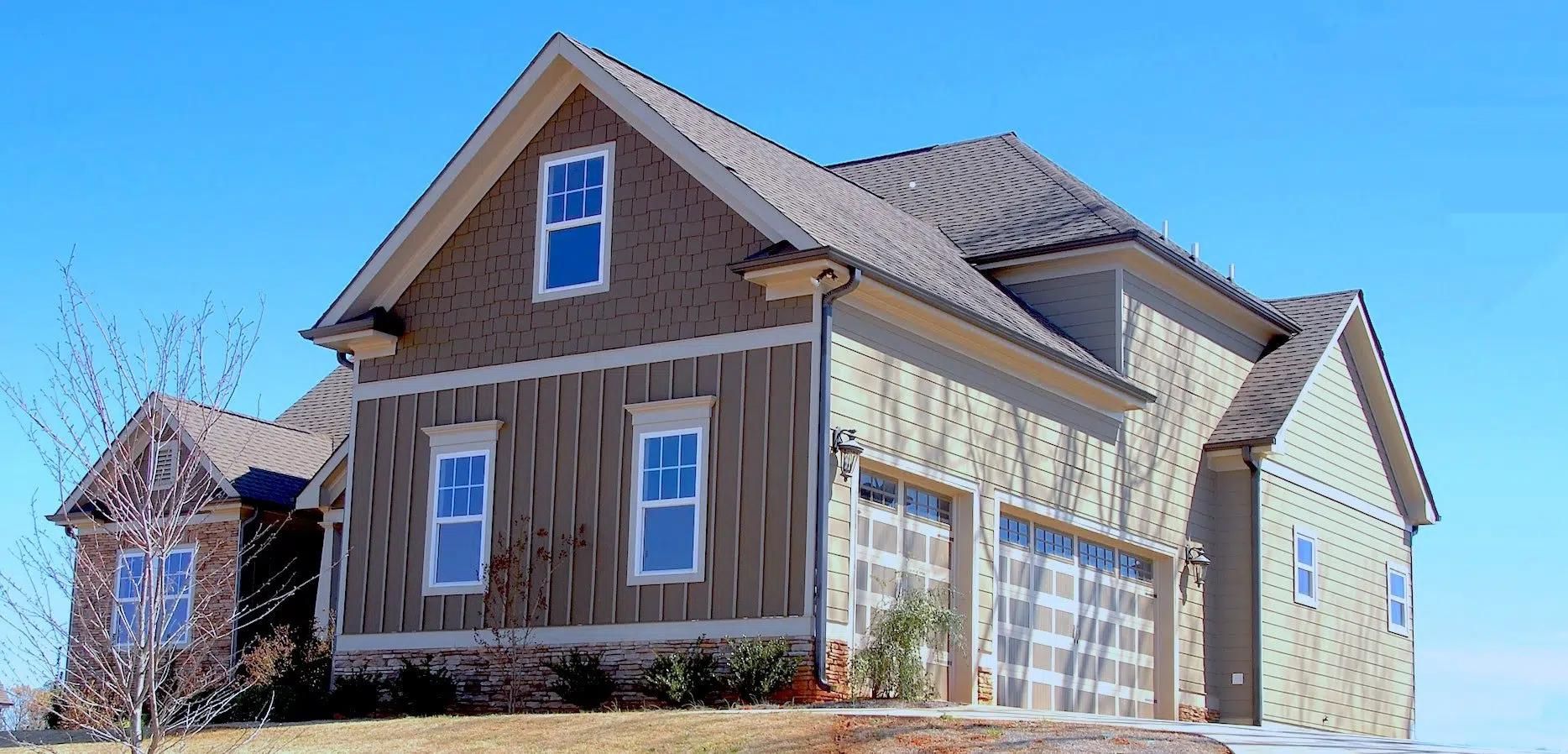
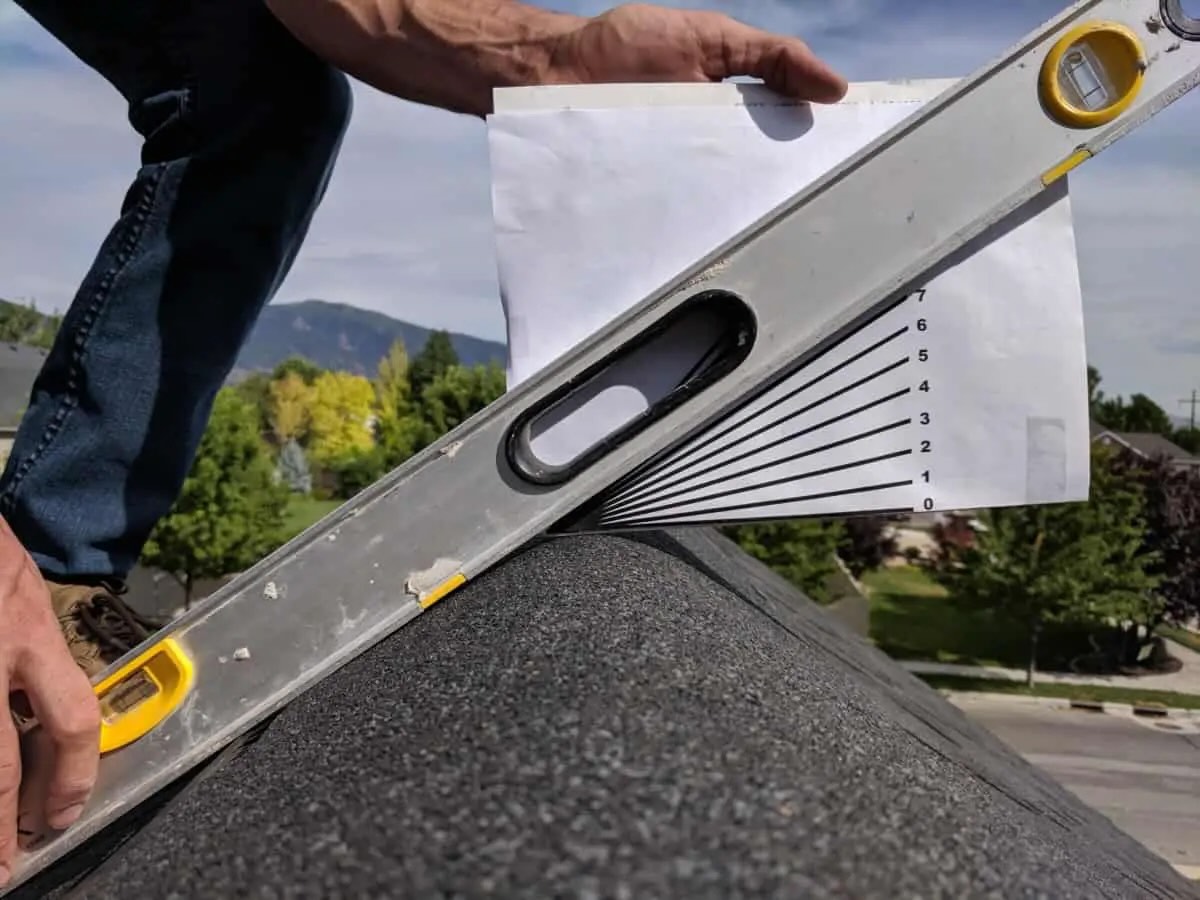
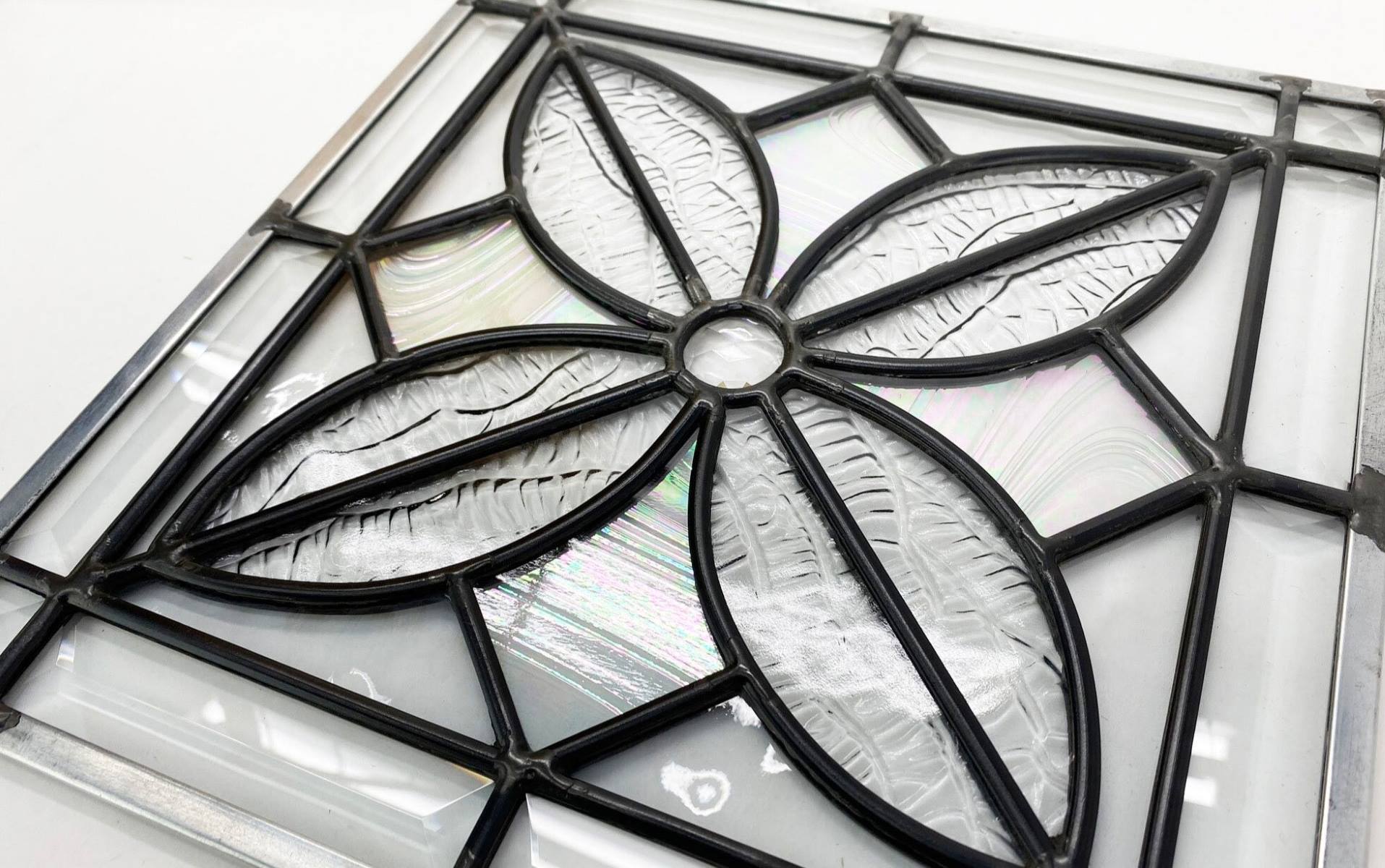
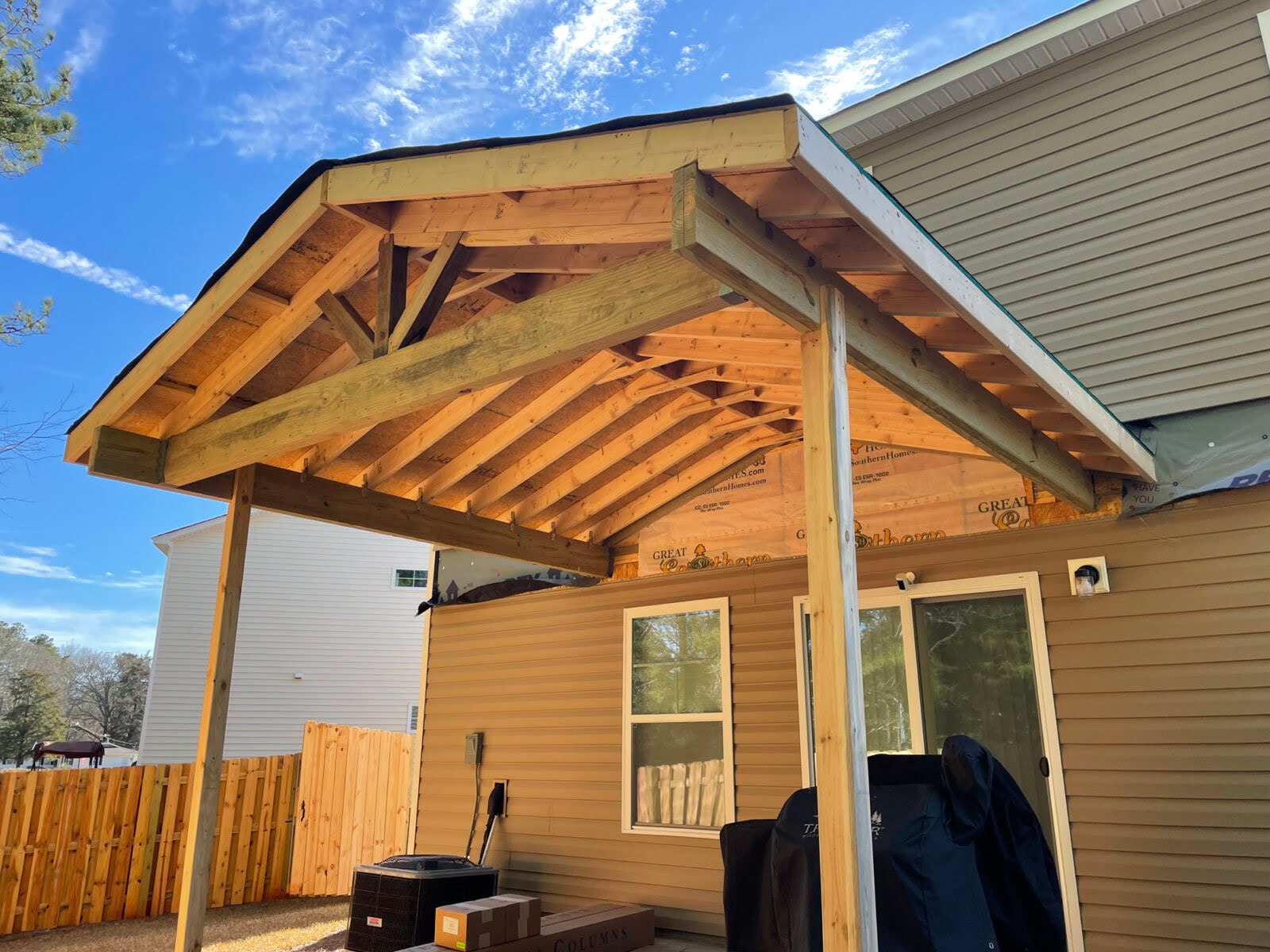
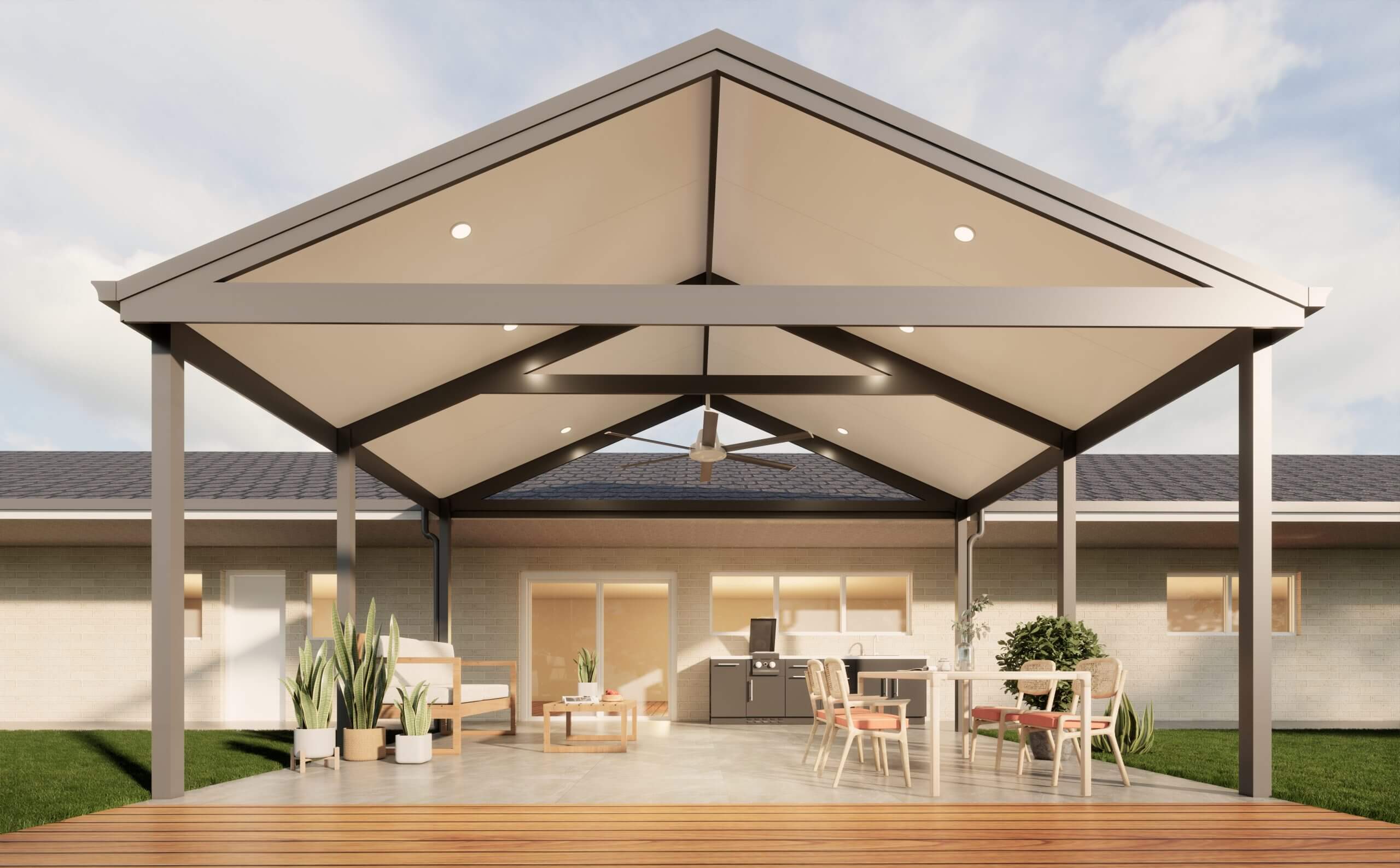


0 thoughts on “How To Join Two Gable Roofs Together”